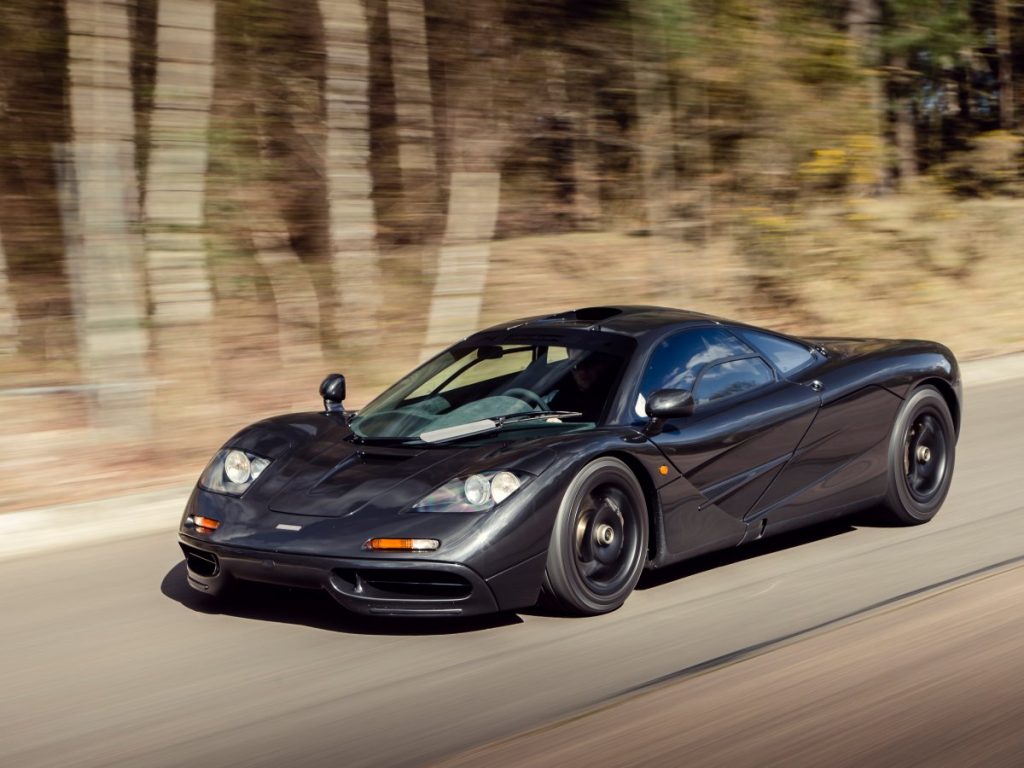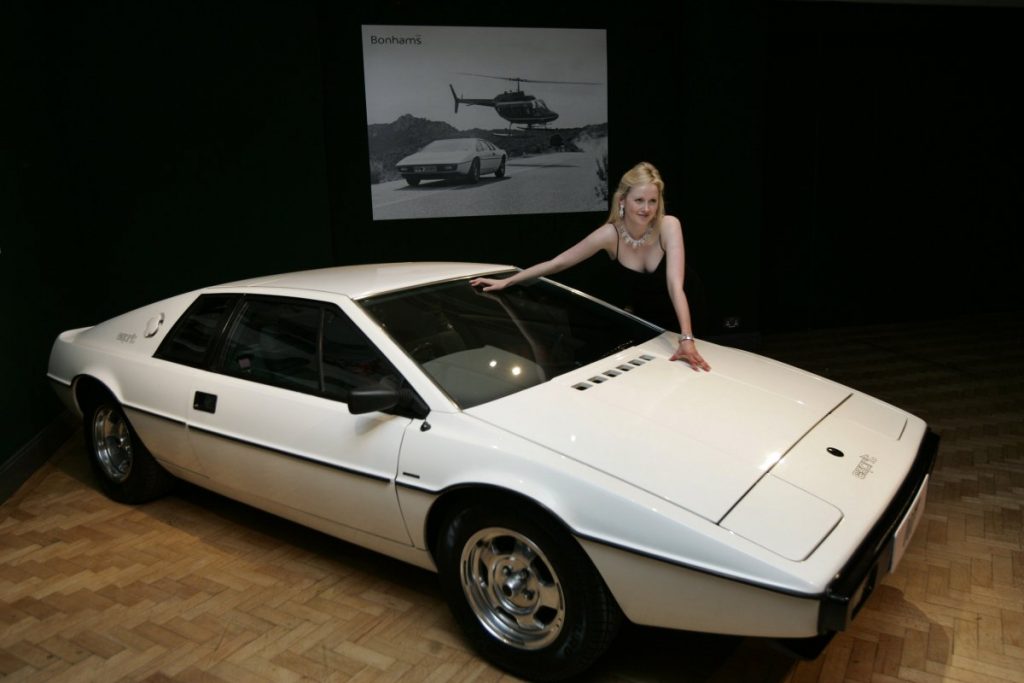News
What cars did Elon Musk drive before Tesla?
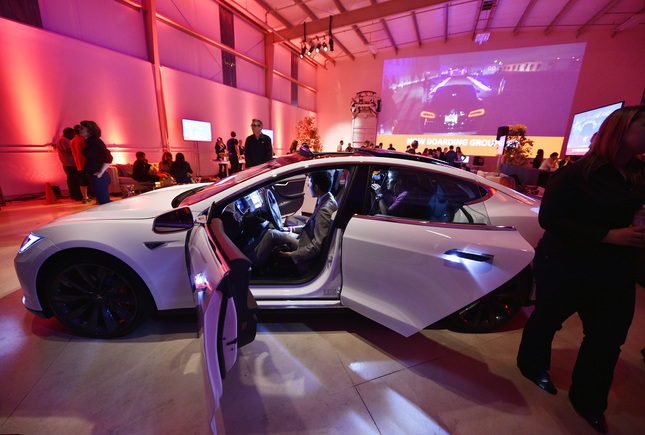
Musk’s first car was a 1978 BMW 320i that he bought in 1994 for $1,400. It was a fixer upper according to the now Tesla CEO which he drove for two years. One day, he loaned it to a colleague who phoned a short time later to say one of the wheels had literally fallen off the car, leaving a deep gouge in the pavement. Musk junked the car.
The next car would be a 1967 Series I Jaguar XK-E inspired by a book on exotic cars which he received as a present at 17 years of age. The Jaguar caught his eye and he promised himself that one day he would buy one as soon as he could afford to. He and his brother Kimbal Musk had co-founded their first company called Zip2 at the time. When Musk received his first dividend check for $40,000 from the company, sure enough it went straight to buying a Jaguar. And why not? Enzo Ferrari once proclaimed the XX-E the most beautiful production car ever made.
“That one was like a bad girlfriend. It kept breaking down on me and causing me all sorts of trouble”, Musk once said.
Soon after, Elon would be catapulted to Silicon Valley stardom after cashing out of PayPal. What followed would be the purchase of the ultimate tech entrepreneur status symbol, the McLaren F1. “I had it for several years and I put 11,000 miles on it and I drove it from LA to San Francisco. I had it as a daily driver,” Musk said in a interview with Pando Daily.
He would ultimately total the McLaren one day while driving with serial investor Peter Thiel to go chat up Michael Moritz, a venture capitalist with Sequoia Capital. “Peter said ‘so what can this do’ and like probably number one on the list of famous last words I said ‘watch this.’ So I floored it and did a lane change on Sand Hill,” a road in Menlo Park. In a heartbeat, the car went up an embankment, landed on its roof and tore all four wheels off the car. The F1 was a total loss. To make matters worse, the million dollar F1 wasn’t insured.
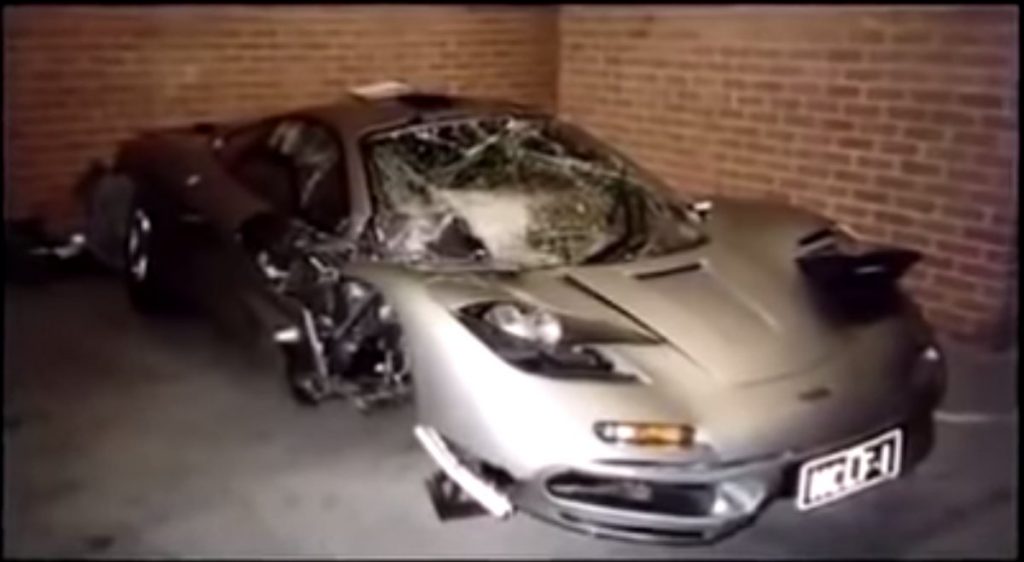
Image credit: YouTube/Beijing Satellite TV via Business Insider
Following the purchases of a BMW M5 in 2007 and a Porsche 911 in 2012, the Tesla CEO would also buy the famous Lotus Esprit S1 used in the movie The Spy Who Loved Me. This would become the inspiration to Tesla’s James Bond easter egg found in the Model S and Model X.
Musk bought the movie prop in 2013 at an auction in London for $886,000. “It was amazing as a little kid in South Africa to watch James Bond in ‘The Spy Who Loved Me’ drive his Lotus Esprit off a pier, press a button and have it transform into a submarine underwater,” he told the Huffington Post.
“I was disappointed to learn that it can’t actually transform. What I’m going to do is upgrade it with a Tesla electric powertrain and try to make it transform for real,” he says. This would explain Elon’s tweet after a video surfaced showing a Model S driving through a flooded tunnel.
However, the car that most directly influenced an actual Tesla automobile is the Audi Q7 SUV that Musk owns in present day. It was the inspiration for the falcon wing doors on the Model X. Musk says he wanted to make a car with doors that could open in tight spaces. He also wanted to be able to access the third row seats without folding the second row seats forward.
“The Audi Q7 is particularly horrendous,” he told Forbes during an interview in 2012. “Even in the best case scenario, you need to be a dwarf mountain climber to get into the back seat.”
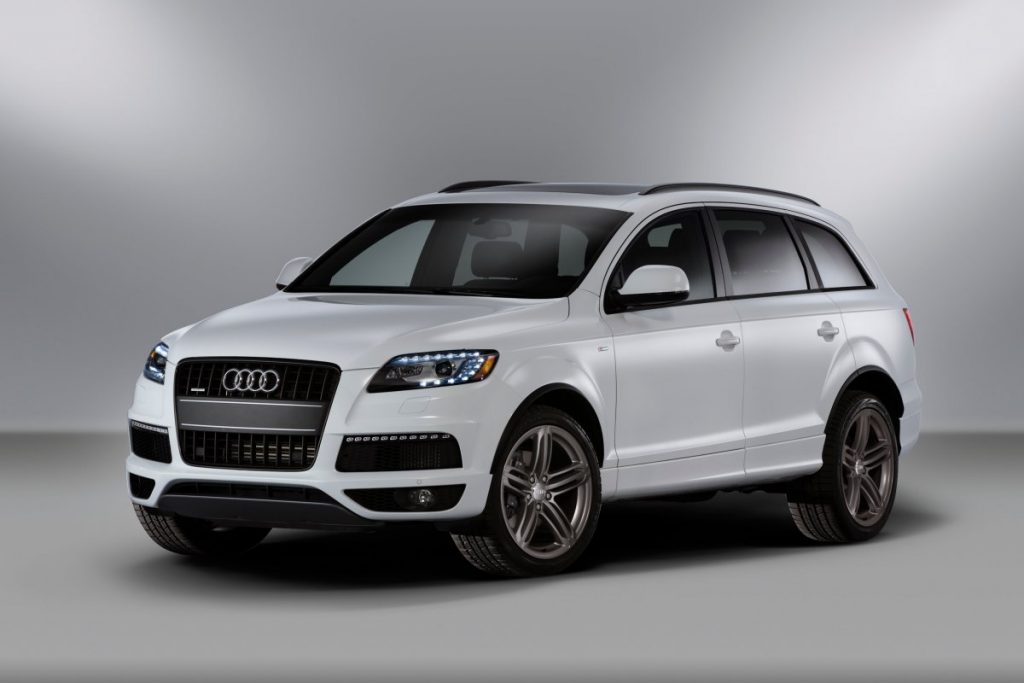
Image credit: Audi
That makes a total of 7 cars Elon Musk has owned and every one of them has been performance oriented. Maybe that’s where the fascination with Teslas that can scoot to 60 mph in under 3 seconds comes from.
Source: Business Insider

Elon Musk
Judge clears path for Elon Musk’s OpenAI lawsuit to go before a jury
The decision maintains Musk’s claims that OpenAI’s shift toward a for-profit structure violated early assurances made to him as a co-founder.
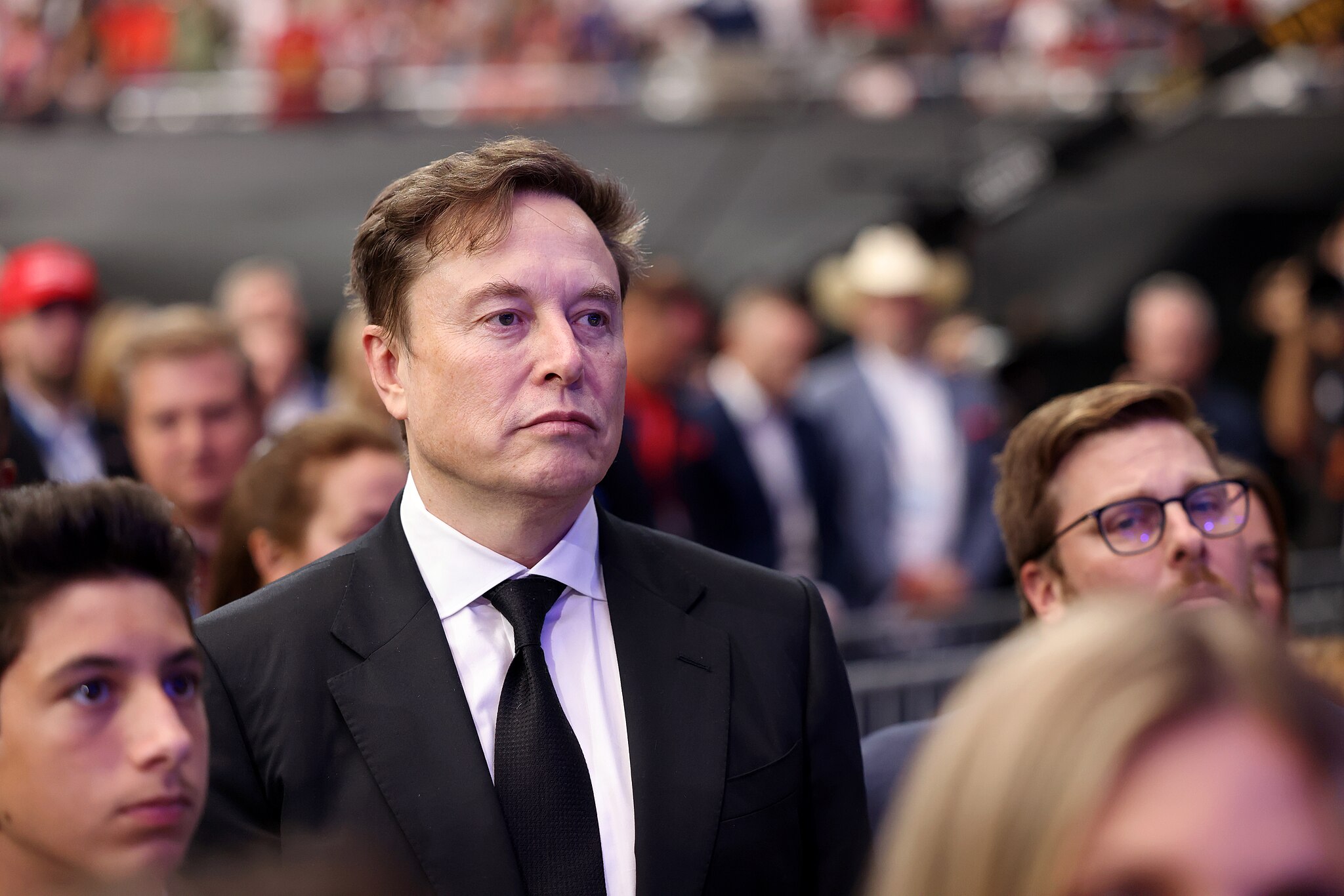
A U.S. judge has ruled that Elon Musk’s lawsuit accusing OpenAI of abandoning its founding nonprofit mission can proceed to a jury trial.
The decision maintains Musk’s claims that OpenAI’s shift toward a for-profit structure violated early assurances made to him as a co-founder. These claims are directly opposed by OpenAI.
Judge says disputed facts warrant a trial
At a hearing in Oakland, U.S. District Judge Yvonne Gonzalez Rogers stated that there was “plenty of evidence” suggesting that OpenAI leaders had promised that the organization’s original nonprofit structure would be maintained. She ruled that those disputed facts should be evaluated by a jury at a trial in March rather than decided by the court at this stage, as noted in a Reuters report.
Musk helped co-found OpenAI in 2015 but left the organization in 2018. In his lawsuit, he argued that he contributed roughly $38 million, or about 60% of OpenAI’s early funding, based on assurances that the company would remain a nonprofit dedicated to the public benefit. He is seeking unspecified monetary damages tied to what he describes as “ill-gotten gains.”
OpenAI, however, has repeatedly rejected Musk’s allegations. The company has stated that Musk’s claims were baseless and part of a pattern of harassment.
Rivalries and Microsoft ties
The case unfolds against the backdrop of intensifying competition in generative artificial intelligence. Musk now runs xAI, whose Grok chatbot competes directly with OpenAI’s flagship ChatGPT. OpenAI has argued that Musk is a frustrated commercial rival who is simply attempting to slow down a market leader.
The lawsuit also names Microsoft as a defendant, citing its multibillion-dollar partnerships with OpenAI. Microsoft has urged the court to dismiss the claims against it, arguing there is no evidence it aided or abetted any alleged misconduct. Lawyers for OpenAI have also pushed for the case to be thrown out, claiming that Musk failed to show sufficient factual basis for claims such as fraud and breach of contract.
Judge Gonzalez Rogers, however, declined to end the case at this stage, noting that a jury would also need to consider whether Musk filed the lawsuit within the applicable statute of limitations. Still, the dispute between Elon Musk and OpenAI is now headed for a high-profile jury trial in the coming months.
News
Tesla Giga Shanghai celebrates 5 million electric drive unit milestone
The milestone was celebrated by the company in a post on its official Weibo account.

Tesla China has reached another manufacturing milestone at Gigafactory Shanghai, rolling out the facility’s 5 millionth locally produced drive unit.
The milestone was celebrated by the company in a post on its official Weibo account. In its post, the Giga Shanghai team could be seen posing with the 5 millionth drive unit.
Giga Shanghai’s major benchmark
The milestone drive unit was produced at Gigafactory Shanghai, which produces the Model Y and the Model 3. In a release, Tesla China noted that its three-in-one integrated electric drive system combines the motor, gearbox, and inverter into a single compact assembly. This forms a powerful “heart” for the company’s electric cars.
Tesla China also noted that its drive units’ integrated design improves energy conversion efficiency while reducing overall weight and complexity, benefits that translate into stronger performance, improved handling, and longer service life for its vehicles.

The new milestone builds on earlier achievements at the same site. In July 2024, Tesla announced that its 10 millionth electric drive system globally had rolled off the line at the Shanghai plant, making it the first self-produced Tesla component to reach that volume.
More recently, the factory also produced its 4 millionth China-made vehicle, a Model Y L. The factory has also continued hitting global production milestones, rolling out Tesla’s 9 millionth EV worldwide late last year, with the landmark vehicle being a Tesla Model Y.
Tesla China’s role
Construction of Giga Shanghai began in January 2019, with production starting by the end of that year. This made it the first wholly foreign-owned automotive manufacturing project in China. The facility began delivering Model 3 vehicles locally in early 2020 and added Model Y production in 2021. The plant is now capable of producing about 1 million vehicles annually.

Throughout 2025, Giga Shanghai delivered 851,732 vehicles, representing a 7.08% year-on-year decline, according to data compiled by CNEVPost. Even so, recent months showed renewed momentum.
In December alone, Tesla China recorded wholesale sales of 97,171 vehicles, including domestic deliveries and exports, making it the company’s second-best monthly total on record, per data from the China Passenger Car Association. Retail sales during December reached roughly 94,000 units, up about 13% year over year.
Investor's Corner
Tesla price target boost from its biggest bear is 95% below its current level

Tesla stock (NASDAQ: TSLA) just got a price target boost from its biggest bear, Gordon Johnson of GLJ Research, who raised his expected trading level to one that is 95 percent lower than its current trading level.
Johnson pushed his Tesla price target from $19.05 to $25.28 on Wednesday, while maintaining the ‘Sell’ rating that has been present on the stock for a long time. GLJ has largely been recognized as the biggest skeptic of Elon Musk’s company, being particularly critical of the automotive side of things.
Tesla has routinely been called out by Johnson for negative delivery growth, what he calls “weakening demand,” and price cuts that have occurred in past years, all pointing to them as desperate measures to sell its cars.
Johnson has also said that Tesla is extremely overvalued and is too reliant on regulatory credits for profitability. Other analysts on the bullish side recognize Tesla as a company that is bigger than just its automotive side.
Many believe it is a leader in autonomous driving, like Dan Ives of Wedbush, who believes Tesla will have a widely successful 2026, especially if it can come through on its targets and schedules for Robotaxi and Cybercab.
Justifying the price target this week, Johnson said that the revised valuation is based on “reality rather than narrative.” Tesla has been noted by other analysts and financial experts as a stock that trades on narrative, something Johnson obviously disagrees with.
Dan Nathan, a notorious skeptic of the stock, turned bullish late last year, recognizing the company’s shares trade on “technicals and sentiment.” He said, “From a trading perspective, it looks very interesting.”
Tesla bear turns bullish for two reasons as stock continues boost
Johnson has remained very consistent with this sentiment regarding Tesla and his beliefs regarding its true valuation, and has never shied away from putting his true thoughts out there.
Tesla shares closed at $431.40 today, about 95 percent above where Johnson’s new price target lies.
